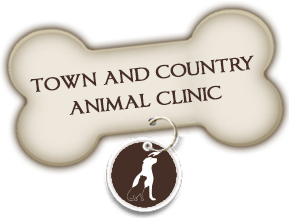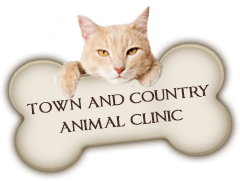Although rabies is not a major threat in this area, it is a zoonotic disease that requires serious prevention. However, even one instance of a person or pet contracting this terrible disease would be one too many and so we are setting out below data taken from a bulletin from the Windsor-Essex County Health Unit on rabies:
What is rabies?
Rabies is a virus that attacks the central nervous system of warm-blooded animals, including humans. Rabies is spread by saliva. A bite from an infected animal is the most common way people get the virus. The virus can also spread by saliva coming into contact with a scratch, open wound, the eyes, mouth or nose. InCanada, animals most likely to carry the virus are bats, foxes, skunks, and raccoons; however, domestic pets such as dogs and cats, can also be infected.
Rabies in Ontario
Between the years 2000 and 2005, there were 2,238 confirmed cases of animal rabies reported inCanada, an average of 373 per year (Public Health Agency of Canada, 2007). InOntario, during the same time, there were 956 cases. Of these, bats made up 37% of the total cases, followed by skunks (24%).
(Town and Country Clinic Animal note: You will note that skunks accounted for approximately one-quarter of the confirmed cases of rabies in Ontario. While most skunks hibernate over the winter, spring is when they will emerge from hibernation. Usually skunks do not hibernate alone; they hibernate in small groups or “colonies” and this creates the perfect chance for one rabid skunk to pass the disease on to fellow members of its group.)
What are the signs that an animal has rabies?
Animals with rabies may act differently than normal. They may (Thunder Bay District Health Unit, 2009):
- Be more aggressive, timid, or shy.
- Drool more than usual.
- Have problems eating or drinking.
- Move slowly.
- Be afraid of water.
Rabies in humans?
Rabies is a fatal disease. If you are concerned that you’ve been exposed to rabies, see your doctor right away. Prompt post-exposure treatment can prevent the disease.
How do I avoid getting bit?
Extra care around any animal is important, because even with rabies, they may not show any symptoms. Since most exposures occur through bites, the best way to protect yourself and your family is to reduce the chances of getting bit. Here are a few ways you can reduce the risk:
- Avoid contact with wild animals.
- Don’t approach or touch stray animals, even if they seem friendly.
- Don’t disturb a dog that is eating, sleeping, or has puppies.
- If a dog comes near you, stay still. Stay calm if you’re threatened by a dog. If you’re knocked to the ground by a dog, lie flat facing the ground with your hands covering your neck.
- Dogs may bite when they feel threatened, scared, excited, or startled. Dogs naturally protect their property.
- It’s important to remember to slowly walk backwards from a dog when it becomes angry. Don’t stare directly at the dog.
Windsor-Essex County Health Unit www.wechealthunit.org 519-258-2146
We trust you will have found the above both interesting and informative, but always feel free to call Town and Country Animal Clinic at 519-250-0099 if you have any questions or concerns.






